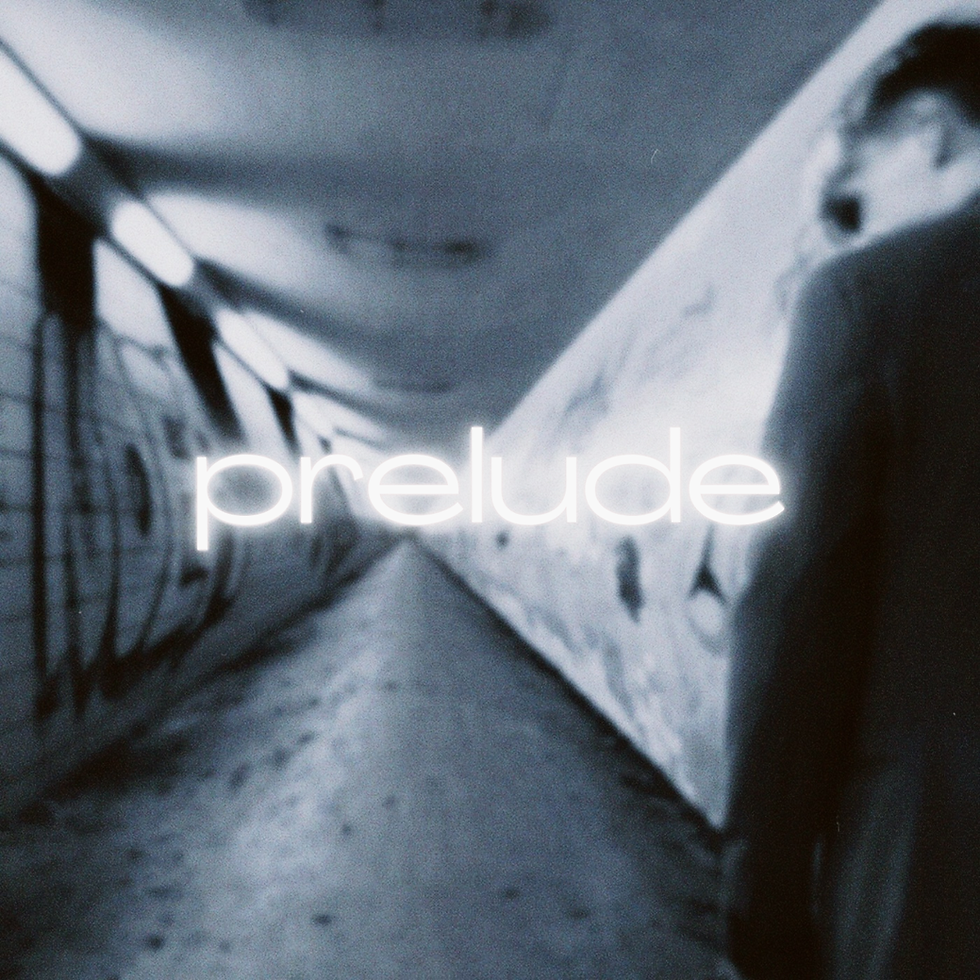How To Create The Perfect Environment For Creativity
- matte

- Sep 22
- 4 min read
Creativity thrives in the right environment. Whether you are an artist, writer, musician, or simply someone looking to boost your creative output, the space around you plays a crucial role. A well-designed creative environment can inspire new ideas, reduce distractions, and help you focus deeply on your work. This article explores practical ways to craft the perfect setting that nurtures creativity and productivity.
Designing Your Creative Environment: Key Elements to Consider
Creating a creative environment starts with understanding what influences your mood and focus. Here are some essential elements to consider when setting up your space:
Lighting: Natural light is ideal for creativity. It boosts mood and energy levels. If natural light is limited, use warm, adjustable lighting to mimic daylight.
Comfort: Choose ergonomic furniture that supports long hours of work without discomfort. A comfortable chair and desk height can prevent fatigue.
Clutter-free space: A tidy environment reduces mental clutter. Keep only essential items on your desk and use storage solutions to organize materials.
Personal touches: Add items that inspire you, such as artwork, plants, or meaningful objects. These can spark ideas and make the space feel welcoming.
Sound environment: Some people work best in silence, while others prefer background music or ambient sounds. Experiment to find what helps you focus.
By paying attention to these factors, you can create a space that encourages your mind to wander freely and generate new ideas.

How to Use Your Creative Environment to Boost Productivity
Once your space is set up, the next step is to use it effectively. Here are some actionable tips to maximise your productivity in your creative environment:
Set specific goals: Define what you want to achieve during each session. Clear goals help maintain focus and provide a sense of accomplishment.
Establish routines: Consistent work habits signal your brain that it’s time to be creative. Start with a warm-up activity like free writing or sketching.
Limit distractions: Turn off notifications, close unrelated tabs, and inform others of your work time to minimise interruptions.
Take breaks: Use techniques like the Pomodoro method (25 minutes work, 5 minutes break) to maintain energy and prevent burnout.
Change your environment occasionally: Sometimes a new setting can spark fresh ideas. Try working in a café, park, or different room.
These strategies help you make the most of your creative environment and keep your creative juices flowing.

What is the 80/20 Rule in Songwriting?
The 80/20 rule, also known as the Pareto Principle, is a powerful concept in songwriting and creativity. It suggests that 80% of your results come from 20% of your efforts. In songwriting, this means focusing on the most impactful parts of your work can yield the greatest results.
For example, spending time perfecting the chorus or hook—the part listeners remember most—can be more valuable than obsessing over every lyric in the verses. This rule encourages prioritisation and efficiency, helping songwriters avoid getting stuck in perfectionism.
Applying the 80/20 rule in your creative environment means identifying which activities or tools contribute most to your creativity and focusing on those. It can also mean decluttering your space to keep only what truly supports your creative process.
By understanding and applying this principle, you can enhance your productivity and creativity without unnecessary effort.

Incorporating Songwriting Inspiration into Your Creative Space
Inspiration is the fuel for creativity. For songwriters, having a space that encourages songwriting inspiration is essential. Here are some ways to infuse your environment with elements that spark creativity:
Instruments within reach: Keep your guitar, keyboard, or other instruments nearby to capture ideas as they come.
Lyric boards or journals: Use whiteboards or notebooks to jot down phrases, rhymes, or themes.
Visual stimuli: Posters, photos, or artwork related to music or your favourite artists can motivate you.
Sound system: Play music that inspires you or helps you focus, whether it’s instrumental, ambient, or your favourite genre.
Comfortable seating: A cozy chair or couch can be a great spot for brainstorming or writing lyrics.
Creating a space that naturally invites songwriting inspiration helps you stay connected to your creative flow and makes the process enjoyable.
Maintaining and Evolving Your Creative Environment
A creative environment is not static. As your needs and projects change, so should your space. Here are some tips to keep your environment fresh and effective:
Regularly declutter: Remove items that no longer serve your creative goals.
Update your tools: Invest in new materials or technology that can enhance your work.
Rearrange your space: Changing the layout can provide a new perspective and stimulate creativity.
Seek feedback: Sometimes others can offer insights on how to improve your environment.
Reflect on your process: Periodically assess what works and what doesn’t, then adjust accordingly.
By actively maintaining and evolving your creative environment, you ensure it remains a supportive and inspiring place for your creative endeavours.
Creating the perfect creative environment is a dynamic process that combines thoughtful design, practical habits, and ongoing adjustments. By focusing on comfort, organisation, and inspiration, you can build a space that nurtures your creativity and helps you produce your best work. Whether you are writing songs, painting, or brainstorming ideas, the right environment can make all the difference.




Comments